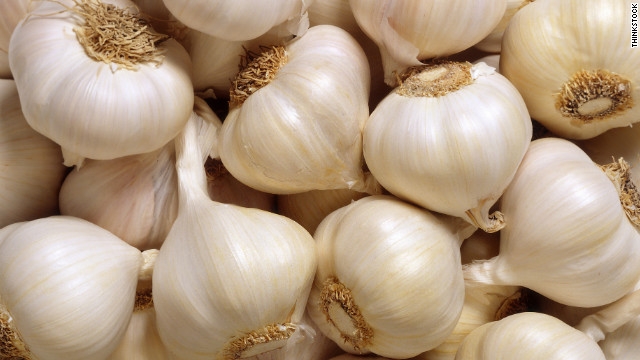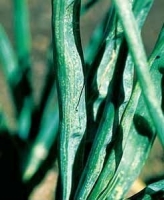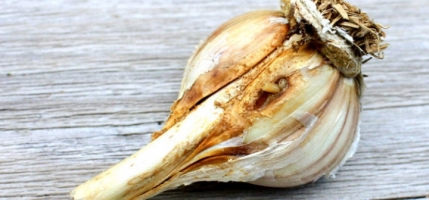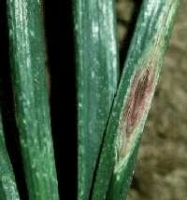General Information
Garlic a popular bulb crop cultivated throughout Asia. It is used as spice in many dishes. Also it posses excellent medicinal properties. It is rich source of protein, phosphorus, potassium etc. It helps in digestion, also it reduces cholesterol in human blood. Major garlic producing states are Madhya Pradesh, Gujarat, Rajasthan, Orissa, Uttar Pradesh, Maharashtra, Punjab and Haryana. In Haryana, garlic is important spice crop and its cultivation area is increasing day by day. In 2010-11 near about 3540 ha area was under garlic crop ( 22% area is increased compared to 2005-06 years area). Bhiwani, Gurgaon, Fatehabad, Karnal, Kurukshetra, Sirsa, Yamuna Nagar are major garlic growing districts of Haryana.














